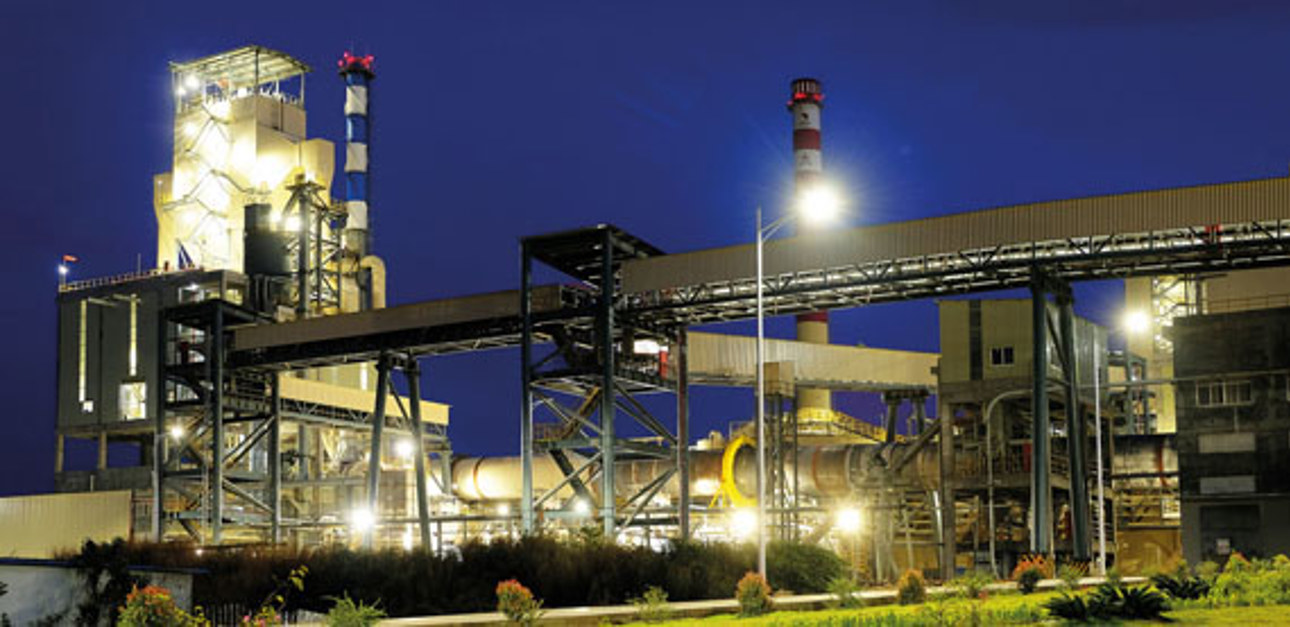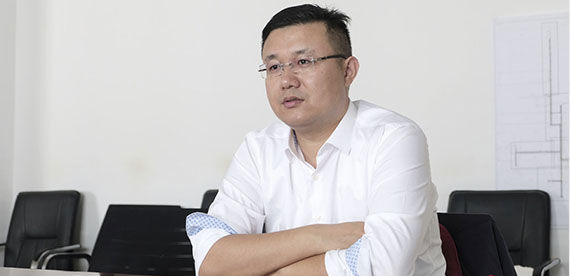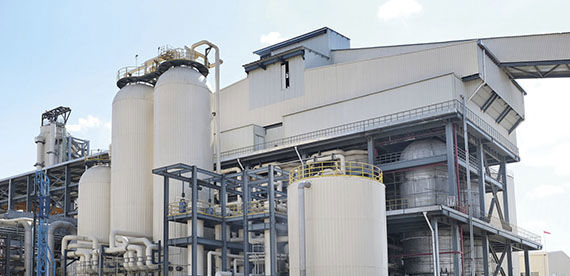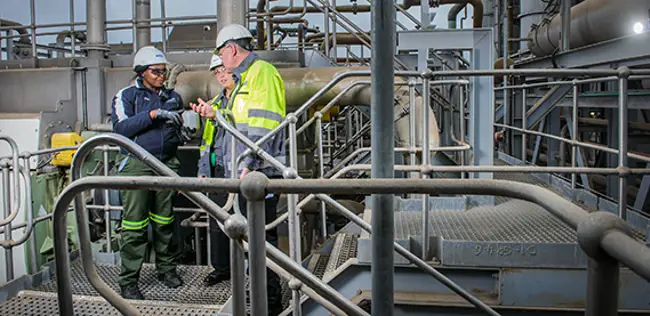Smooth startup for dissolving pulp line
Apr 16, 2019
The results of Sun Paper’s first Valmet dissolving pulp mill in Laos speak for themselves: high production output, stable runs and reduced environmental load.

When Sun Paper decided to build a new dissolving pulp mill in Laos, it made the critical and successful decision to base the operation on Valmet’s batch pulping technology. The new greenfield mill, with a capacity of 250,000 tonnes a year and located in Muang Phin, in the southern province of Savanakhet, started up in June 2018.
“This is our first experience with batch cooking, and it is an ideal fit for this kind of pulp production, since the process can handle raw materials of varying quality,” explains Mr. Ding Xingbang, Pulp Line Production Manager at the Sun Paper, Laos Mill.
“We already have two continuous pulp lines producing dissolving pulp in China, so our technical team is familiar with continuous cooking from other suppliers. At the China mills, all the wood comes from Australia and the chip quality level is very uniform. Here in Laos, however, the raw material situation is much different, since we use local wood sources, which contain many varieties of trees. That difference is one of the key reasons we chose batch cooking.”

The operating efficiency here is higher, and costly downtime for maintenance is greatly reduced,” says Mr. Ding Xingbang.
Reduced scaling, higher uptime
One of the common challenges of dissolving pulp production can be scaling in the hydrolysis vessel and screens. Sun Paper’s Chinese mills, says Mr. Ding Xingbang, must stop every five or six months to clear the scale, as the entire hydrolysis tower is sometimes very fouled. In addition, the hydrolysis tower screen is often blocked by scale, resulting in emergency shutdowns, which are both very risky and costly.
“Here in Laos,” continues Mr. Ding Xingbang, “we don’t have a local professional maintenance company to clear the scale. For this reason, we liked Valmet’s batch cooking, which uses the same vessel for hydrolysis and alkaline cooking. Any scale that forms during hydrolysis is dissolved during the alkaline cooking. That reduces both production losses and quality variations due to scaling, which we are very happy about.”
Belt feeding instead of chip pumping
A further reason for selecting batch cooking in Laos was Sun Paper’s experience of high wear on the chip pumps in their continuous cooking systems in China. The wear and tear on the pumps means high maintenance work, with a new layer of wear-resistant material being required every month. That, says Mr. Ding Xingbang, was clearly not acceptable in Laos. “The maintenance here is not as effective as it is in China, and we cannot send the pumps to China for repair all the time. So, batch cooking gave us advantages since it doesn’t use chip pumping.”
In less than six months, output is already above the design capacity.
Next step: 900 tonnes of dissolving pulp per day
The start-up of the mill has gone well, and in less than six months, output is already above the design capacity. As of January 2019, dissolving pulp production has reached 840 tonnes a day, slightly above the design capacity of 828. Chemical paper grade pulp production can reach 1,050 tonnes a day, versus the design target of 1,020.
Now, says Mr. Ding Xingbang, the next step is to increase dissolving pulp output to 900 tonnes a day, which he considers feasible. “We are confident we can do it since, compared with our continuous cooking, the operating efficiency here is higher, and costly downtime for maintenance is greatly reduced.”
Efficient washing means low COD carry-over
Another area where Valmet’s technology has given definite advantages is in the pulp washing operation.
“The washing operation is very smooth over a wide capacity range, and the washing efficiency is excellent,” Mr. Ding Xingbang reports. “Most importantly, the carry-over to bleaching is the lowest of our three fiber lines, and therefore pulp cleanliness is best. Carry-over to bleaching is less than 3 kg COD/adt, so bleaching chemical consumption is also lower. In turn, this means that the load on the water treatment system and the chemical oxygen demand from the effluent are also greatly reduced.”

Sun Paper’s new dissolving pulp mill in Laos uses local wood sources that contain many varieties of trees. That was one of the key reasons to choose batch cooking, since the process can -handle raw -materials of -varying quality.
Investing in local community for the future
Sun Paper’s Laos mill has also worked actively on corporate social responsibility, both to develop the wood resources it needs and the skilled labor to run it. It began with tree plantations on company forestland in 2008, and over ten years, it has planted around 9,000 hectares of eucalyptus. In addition, it has encouraged local farmers to plant eucalyptus trees in their own fields and has included a program to help poor farm families by providing saplings free of charge, says Mr. Ding Xingbang.
During construction, there were more than 2,000 workers on-site, of which 1,200 were local employees, supporting employment in the local community. Sun Paper and Mr. Ding Xingbang see education and training as the foundation for sustainable development, both for the company and the local community.
Good cooperation
Mr. Ding Xingbang and Sun Paper feel they have made a smart move by investing in Laos, and also by choosing Valmet’s simple, yet efficient, batch pulping technology. The Pulp Line Production Manager emphasizes that it has been both a rewarding and an enriching project. “We’ve had pleasant and successful cooperation with Valmet, and they have given us a lot of technical support from their previous installations. The entire cooking and washing system started up very smoothly, and the technical level of Valmet’s experts is very high. We are happy that we have made the right decisions,” concludes Mr. Ding Xingbang.
Scope of Valmet’s delivery
As the equipment and technology supplier, the scope of Valmet’s supply includes the batch cooking process, washing equipment for the whole fiber line using TwinRoll presses, and a lime kiln, which uses wood powder as the fuel. Importantly, due to the mill’s remote location, Valmet is also providing site maintenance services for all the equipment it has installed.
TEXT: Åsa Arencrantz and Johan Eriksson
Article published in Forward magazine 1/2019.
Related articles


